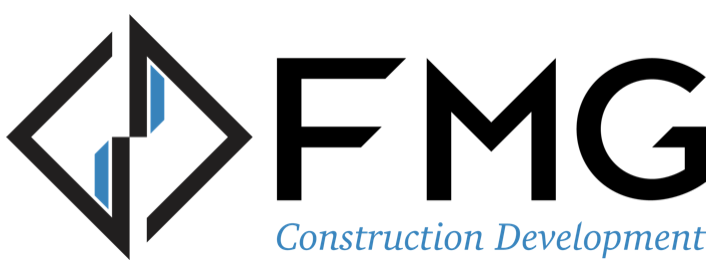Exploring the Cost Structure of a Commercial Construction Project
Exploring the Cost Structure of a Commercial Construction Project
A commercial construction project is a vast and complex undertaking, involving numerous stakeholders and an intricate network of processes. One of the most critical aspects of such a project is its cost structure. Understanding the cost structure is pivotal for successful project completion as it includes various elements like labor costs, material expenses, equipment costs, and overheads. This document aims to delve deeper into the cost structure, providing insights into each component, and offering a comprehensive view of financial management in commercial construction.
Labor Costs
Labor costs refer to the expenses incurred on laborers who work on the construction site. It includes wages paid to workers, taxes, insurance, and benefits. In a commercial construction project, labor costs account for a significant portion of the overall budget as it involves skilled and specialized workers like architects, engineers, contractors, and subcontractors. The complexity and size of the project also impact labor costs, with larger and more complex projects requiring a higher number of workers.
To effectively manage labor costs, it is essential to have a detailed understanding of the labor requirements for each task and assign workers accordingly. The productivity and efficiency of workers also play a crucial role in controlling labor costs, making it vital to monitor their performance regularly.
Material Expenses
Another major component of the cost structure is material expenses, which include the costs of all materials used in the construction process. This includes raw materials like cement, steel, wood, and other building materials, as well as finished products like windows and doors. Material expenses can vary significantly depending on the quality and quantity of materials required for the project. Additionally, factors like market fluctuations, supply chain disruptions, and transportation costs can also impact material expenses.
Proper planning and procurement strategies are key to managing material expenses effectively. This involves identifying the required materials, sourcing them from reliable suppliers, negotiating prices, and ensuring timely delivery to avoid delays and additional costs.
Equipment Costs
Equipment costs refer to the expenses incurred on machinery, tools, and equipment used in the construction process. This includes heavy machinery, power tools, scaffolding, and safety equipment. In a commercial construction project, equipment costs can be significant due to the need for specialized and expensive equipment.
Effective management of equipment costs involves careful planning and scheduling to ensure that equipment is utilized efficiently and not sitting idle. Regular maintenance and repair also play a crucial role in reducing equipment costs by preventing breakdowns and prolonging the lifespan of equipment.
Overheads
Overheads include all indirect expenses incurred during a construction project, such as insurance, permits, office costs, and utilities. These costs can add up quickly and have a significant impact on the overall budget if not managed effectively.
To control overheads, it is essential to track them closely and identify areas for cost-saving. This could involve negotiating insurance premiums, using energy-efficient practices to reduce utility costs, or finding ways to streamline administrative processes.
Contingency Costs
Contingency costs are another essential part of the cost structure in a commercial construction project. These are funds set aside to cover unexpected expenses that arise during the construction process. This could include cost overruns, changes in design or scope of the project, or unforeseen conditions like bad weather or geological issues.
To manage contingency costs effectively, it is crucial to accurately estimate the potential risks and uncertainties associated with the project and allocate a suitable contingency budget. Regular monitoring and updating of the contingency fund are also critical to ensure it is used judiciously and lasts throughout the project duration.
Project Management Costs
Project management costs refer to the expenses related to the planning, coordination, and control of a construction project from inception to completion. This could include salaries for project managers, cost of project management software, expenses for meetings and presentations, and other administrative costs.
Effective management of project management costs involves careful planning and organization. This includes choosing the right project management methodology, using project management tools efficiently, and keeping communication clear and concise to avoid misunderstandings and delays. By doing so, project management costs can be reduced, and the project can be delivered on time and within budget.
Conclusion
In conclusion, understanding the cost structure of a commercial construction project is vital for successful project management. Each component plays a crucial role in the overall budget, and effective management of labor costs, material expenses, equipment costs, and overheads is key to ensuring the project's financial success. By carefully planning, monitoring, and controlling these costs, construction companies can complete projects within budget and deliver high-quality results for their clients.

